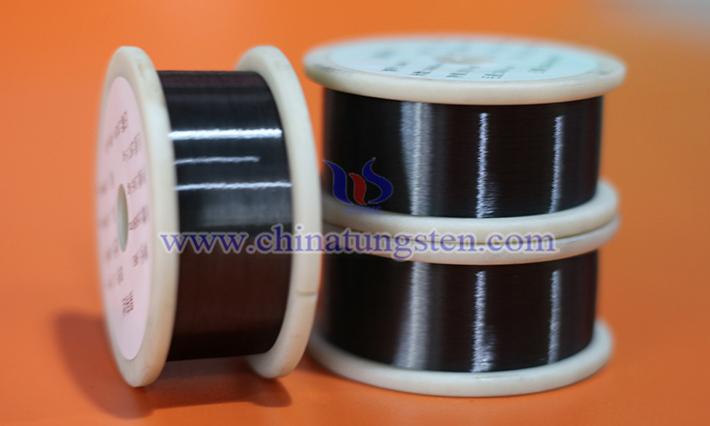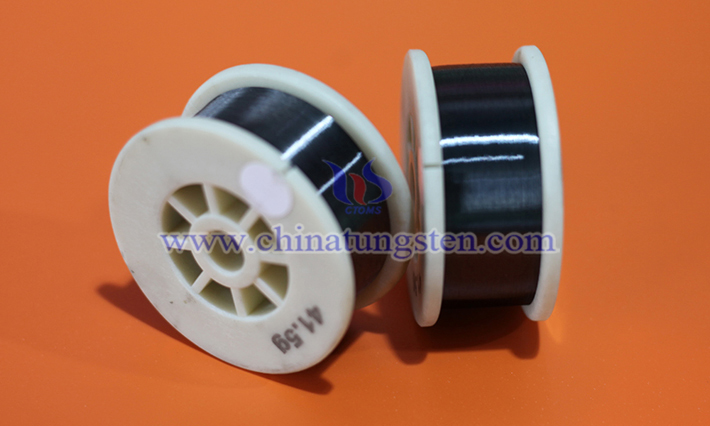Applications of Tungsten wire in High-Temperature Lighting Systems
- Details
- Category: Tungsten Information
- Published on Wednesday, 13 August 2025 16:23
Although high-efficiency lighting technologies such as LEDs are gradually replacing traditional incandescent lamps, tungsten wire still holds irreplaceable advantages in high-temperature lighting systems due to its superior physical and chemical properties, particularly in incandescent lamps and certain specialty lighting equipment.

1. Properties of Tungsten wire
Tungsten has an extremely high melting point (approximately 3422°C), one of the highest melting points of naturally occurring metals. This allows it to maintain structural stability at high temperatures. Furthermore, tungsten has moderate resistivity, a low coefficient of thermal expansion, high mechanical strength, and excellent oxidation resistance and chemical stability at high temperatures. These properties make tungsten wire an ideal luminescent material for high-temperature lighting systems.
2. Applications of Tungsten wire in Incandescent Lamps
Incandescent lamps are the most common application of tungsten wire. When electricity is applied, the tungsten wire generates a high temperature due to its resistance, reaching an incandescent state and emitting visible light. The high melting point of tungsten wires ensures they won't melt or deform at operating temperatures of approximately 2500°C. To extend tungsten wire life, bulbs are typically filled with an inert gas (such as argon or nitrogen) to slow tungsten evaporation. Furthermore, halogen lamps utilize a halogen cycle mechanism to further reduce tungsten wire evaporation, allowing the lamps to operate at higher temperatures and achieve improved brightness and color temperature.

3. Applications in Specialty Lighting
Tungsten wires are also indispensable in specialty lighting applications such as projector lamps, stage lighting, and infrared heating equipment. These devices require light sources to provide high brightness or specific wavelengths at high temperatures. Tungsten wires are widely used due to their efficient photoelectric conversion and high-temperature resistance. For example, in infrared heating equipment, tungsten wires heat up quickly and emit stable infrared radiation, making them suitable for industrial heating and medical applications.
4. Technical Advantages and Challenges
Tungsten wires offer advantages in terms of high-temperature resistance, stability, and high luminous efficiency. However, tungsten wires gradually evaporate under prolonged high-temperature operation, resulting in thinning of the filament and shortening of its lifespan. Furthermore, incandescent lamps have low energy efficiency, and their energy utilization needs to be improved compared to emerging technologies such as LEDs. Despite these energy efficiency challenges, tungsten wires still have broad application prospects in specific areas. Future advances in materials science and the development of tungsten-based composite materials or novel coating technologies are expected to further enhance the performance of tungsten wires, driving their continued development in specialty lighting and high-temperature applications.
- Chinatungsten Online: www.tungsten.com.cn
- CTIA GROUP LTD: en.ctia.group
- Tungsten News & Price: www.ctia.com.cn
- Molybdenum News & Price: news.molybdenum.com.cn
- Tel.: 86 592 5129696; Email: sales@chinatungsten.com



 sales@chinatungsten.com
sales@chinatungsten.com